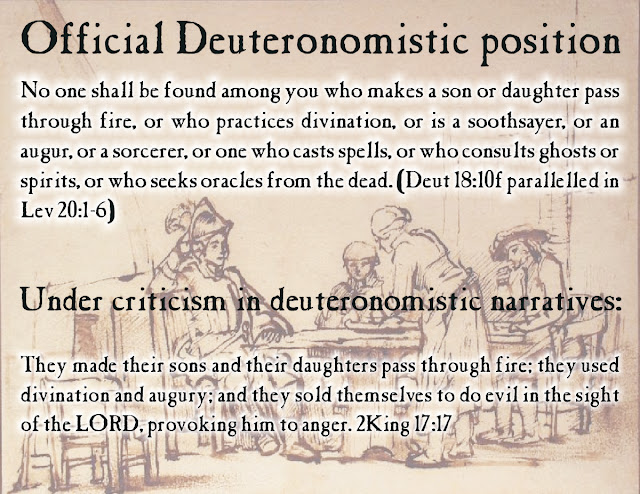How do we Protestants close the Lord’s Prayer? With a doxology of course!
For thine is the kingdom,
and the power,
and the glory,
forever.
Amen.
The problem is that, in this respect, the Catholics have been right all along, and the Reformation got it wrong. This doxology was never part of the original prayer. The “traditional” doxology first appeared several centuries later! Here is the list of some similar doxologies. Some are very old, some quite recent. Interestingly, the oldest example, which predates even the Hebrew Bible by many centuries, is probably the closest to our current traditional doxology.
Closing Petition
from Rapiu Psalm
|
1 Chronicles 29:11
|
Lord’s Prayer Doxology
from Didache
|
Cuneiform text from Ugarit around 1200 B.C.E.
|
Hellenistic period cca 4th Century B.C.E.
|
Early 2nd Century C.E.
|
May your strength,
your help, your power,
your rule, your splendor,
be in the midst of Ugarit,
for all the days of Sun and Moon,
for all the years of El.
|
Yours, O LORD, are the greatness,
the power, the glory,
the victory, and the majesty;
for all that is in the heavens and on the earth is yours;
yours is the kingdom, O LORD,
and you are exalted as head above all.
|
For your is the power and glory, forever.
|
Traditional Doxology
of the Lord’s Prayer
|
Alternative Doxology
of the Lord’s Prayer
| |
Eastern (Antiochian) tradition from 4th Century
|
Medieval Greek manuscript
| |
For thine is the kingdom,
and the power,
and the glory,
forever.
Amen.
|
For your is the kingdom
of the Father,
and of the Son
and of the Holy Spirit,
forever. Amen.
|
.
We know for certain that the traditional doxology or any other doxology was never part of the original Biblical text of the Gospel of Matthew. We can also be quite certain that Jesus never taught his disciples any such doxology with this prayer, even though such doxologies traditionally belonged at the end of similar prayers. Thus I am convinced that Jesus left this part of his prayer intentionally out. His prayer was intentionally open-ended and unfinished. People felt this tension and started to fill it with words, which they soon started to solemnize and codify. This Sunday we will try to uncover, understand and start practicing Jesus’ original intention behind the missing doxology, behind his radical, avant-garde, open-ended prayer ...






























